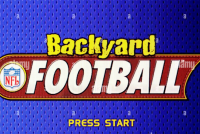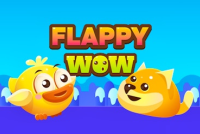Emoji Cold

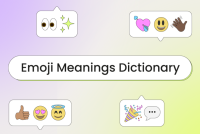





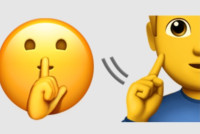
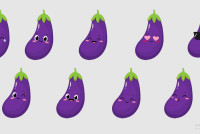



Cultural Impact Emoji Cold
Over time, the use of the Emoji Cold 🥶 has evolved alongside the broader adoption of emojis in digital communication. Initially used to denote literal coldness or weather conditions, its role has expanded to include emotional and seasonal contexts. As emojis continue to grow in variety and complexity, the Emoji Cold might see new variations and uses, adapting to the changing ways people express themselves online.
The Emoji Cold 🥶 has become a part of global digital culture, transcending language barriers to convey a common experience: cold weather. Its presence in online communication reflects a universal aspect of human experience and connects users across different regions through shared seasonal experiences. This emoji also highlights how digital symbols can enhance our ability to communicate complex and multifaceted concepts in a simple, visually engaging way.
Symbolism and Usage
The Emoji Cold 🥶 is versatile in its application, fitting into various contexts related to cold weather or feelings of chilliness. Here’s how it’s commonly used:
Weather Updates: When discussing weather conditions, the Emoji Cold 🥶 is a quick way to indicate freezing temperatures or snowy conditions. It’s often used in weather forecasts or casual conversations about the weather.
Winter Activities: For those engaging in or talking about winter sports, snowboarding, or skiing, the Emoji Cold 🥶 can complement discussions and photos related to these activities, enhancing the thematic content.
Feeling Cold: In personal chats, if someone is feeling chilly or discussing the coldness they are experiencing, this emoji can succinctly represent that sentiment.
Seasonal Greetings: During the winter season or around holidays like Christmas and New Year, the Emoji Cold can be used to spread the seasonal vibe and connect with the wintry spirit.
Discuss: Emoji Cold

